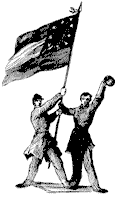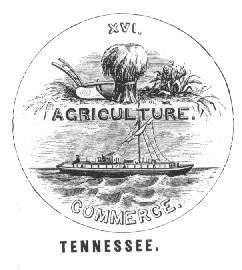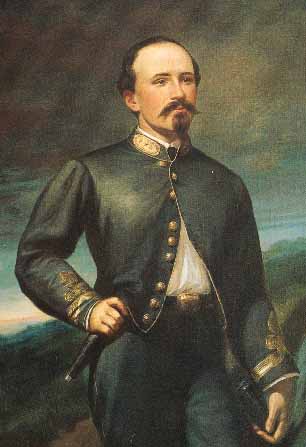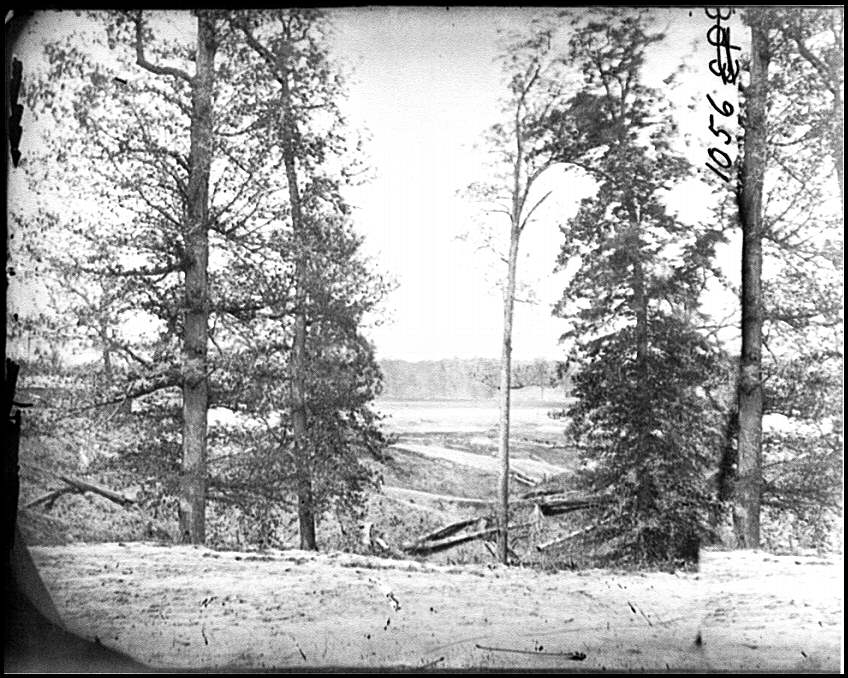 |
 |
 |
 |
 |
 |
The 61st Tenn.
Inf. was organized in eastern Tennessee in the fall of 1862. On 10 Nov. 1862, the regiment mustered into Confederate service at Henderson Mills, Greene County, Tenn. Its first colonel was Fountain E. Pitts and after he resigned in 1863, James G. Rose. Shortly after mustering, the 61st was brigaded with the 60th and 62nd Tenn. Infantry, and put
under the command of Brigadier General John C. Vaughn.
Then the brigade was ordered to Jackson, Miss. En route, Vaughn received orders from Major General John H. Forney to proceed without stopping to Meridian, Miss. They arrived there in early December. On 16 Dec. 1862, Vaughn's brigade of East-Tennesseans was sent to Grenada, Miss. and placed under the command Major General D. H. Maury, division commander in the Second Corps of Lt. General John C. Pemberton's Army of the Mississippi. On the 23rd of December, the brigade was relieved from Maury's division and placed in Chickasaw Bayou or Chickasaw Bluffs, where Gen. William
T. Sherman tried in vain to capture Vicksburg. The brigade was assigned to the left flank and indeed was the end of the line. Vaughn was ordered to support Gen. S. D. Lee and later, Gen. S. M. Barton, so he sent the 62nd and 60th Tenn., respectively, to those commanders. This left the 61st to guard the entire left flank. A heavy abatis lied directly in front of the line and helped to hold the Yankees at bay. For two days the 61st held their ground and on 29 Dec. 1862, the Union
army withdrew in defeat.
The next few
months passed in relative peace as the brigade performed garrison duty in the same lines that they had defended in December. This came to an end in May of 1863.
At a railroad bridge over the Big Black River a few miles west of Raymond, Miss., Vaughn's, Green's, and Barton's brigades made a stand in order to guard the rest of Pemberton's army in their retreat to Vicksburg
after a defeat at Baker's Creek on the 16th of May. The 61st, with the 60th and 62nd, formed the right flank in front of a bayou, having cotton bales for breastworks. A whole Federal division under Gen. Peter Osterhaus slammed into the Tenneseans here, and the brunt of the action fell against the 61st, being on the left of the brigade. The 23rd Iowa, under heavy fire from Vaughn's brigade, charged until they reached the bayou. Then they were ordered to kneel and fire their only volley. Upon firing, the 23rd continued the charge across the bayou and up to the Confederate earthworks. Over half of the 61st surrendered on the spot, sticking cotton on thier ramrods to signal the Yankees. Due perhaps to a mis-calculation, there was a gap in the line between Vaughn's and Green's brigade. When the 23rd Iowa got into the hole, they poured an enfilading fire down the Confederate line. The Southerns broke and ran for the river.
As many as could, swam across and stopped only after having made
it to Vicksburg. Lt. Washington Rawlings, of Co. F, 23rd Iowa, was wounded while wrestling with the color bearer of the 61st for the flag which he captured. The 61st suffered a 72% casualty rate in killed, wounded, missing, and captured. Those who got to Vicksburg were surrendered when that city fell on 4 July 1863. Those captured were marched to the Yazoo River by a detachment of the 23rd Iowa and put on a boat bound for Memphis, TN. From there, they were scattered to prisons in the North.
 |
 |
 |
|
|
|
|

| Officers
Co A Co B Co C Co D Co E Co F Co G Co H |

The battlefield of Big Black River Bridge, MS. Photograph from the Library of Congress, Prints and Photographs Division LC-B8171-1056 DLC |
Co
I
Co K Unknown Co Med.Staff Photographs Links Sources Contact |
| This web site was created by Chris Propes.
It
is dedicated to the men of the 61st Tennessee Infantry and to all Southern patriots who fought for the right of self-government and in defense of their homes and families. |
|
This site was last updated 1 May 2003.